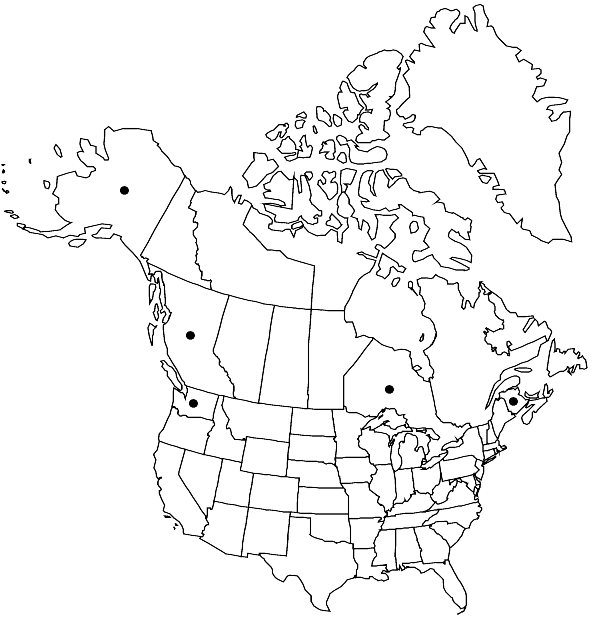Difference between revisions of "Polytrichastrum formosum var. formosum"
FNA>Volume Importer |
FNA>Volume Importer |
(No difference)
| |
Revision as of 19:37, 24 September 2019
Plants medium to large and robust. Stems 5–10(–20) cm. Leaves 6–12 mm, subsquarrose and broadly spreading-recurved when moist; marginal lamina 2–5 cells wide, erect; lamellae 5–7 cells high, entire, the marginal cells rounded and ± thick-walled. Sexual condition dioicous. Capsule short rectangular, yellowish to brownish; hypophysis cylindric, delimited by a shallow groove; peristome teeth 64, very regular in form.
Habitat: Low to moderate elevations (0-500 m)
Distribution

B.C., N.B., Ont., Alaska, Wash., Europe, sw Asia (Caucasus Mountains, s Russia, Turkey), n Africa (Algeria), Atlantic Islands (Iceland, Macaronesia).
Discussion
Variety formosum is rare in North America, and its distribution and ecology poorly documented. It may possibly be an introduction, like Atrichum undulatum, another common European species believed to be introduced here.
Selected References
None.